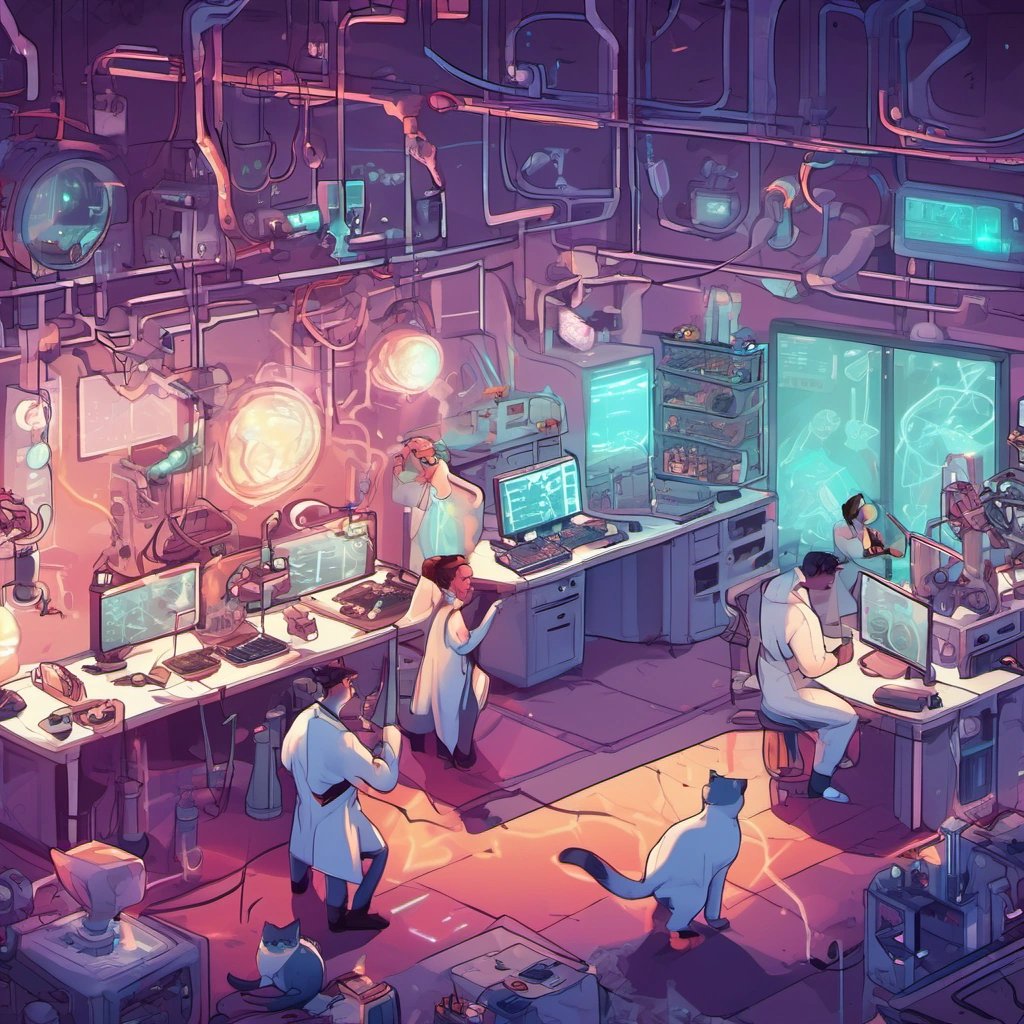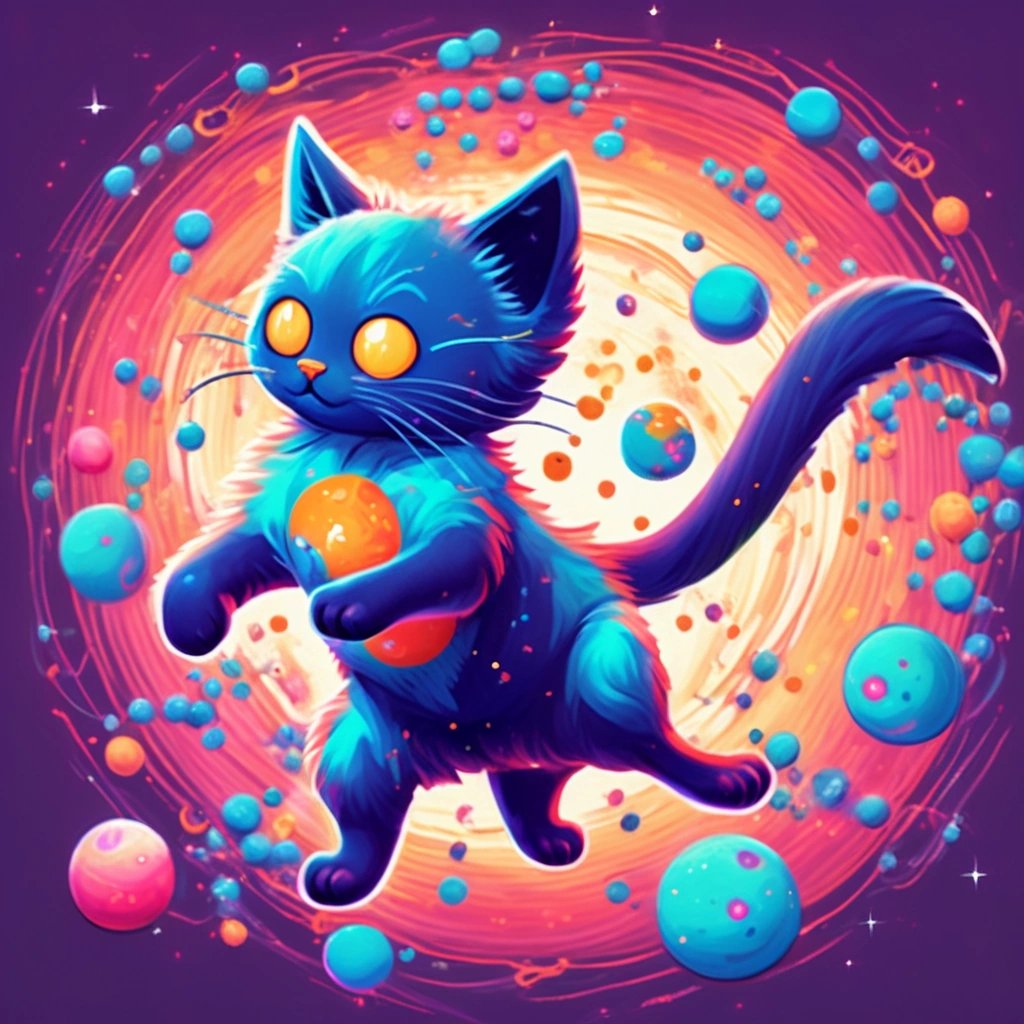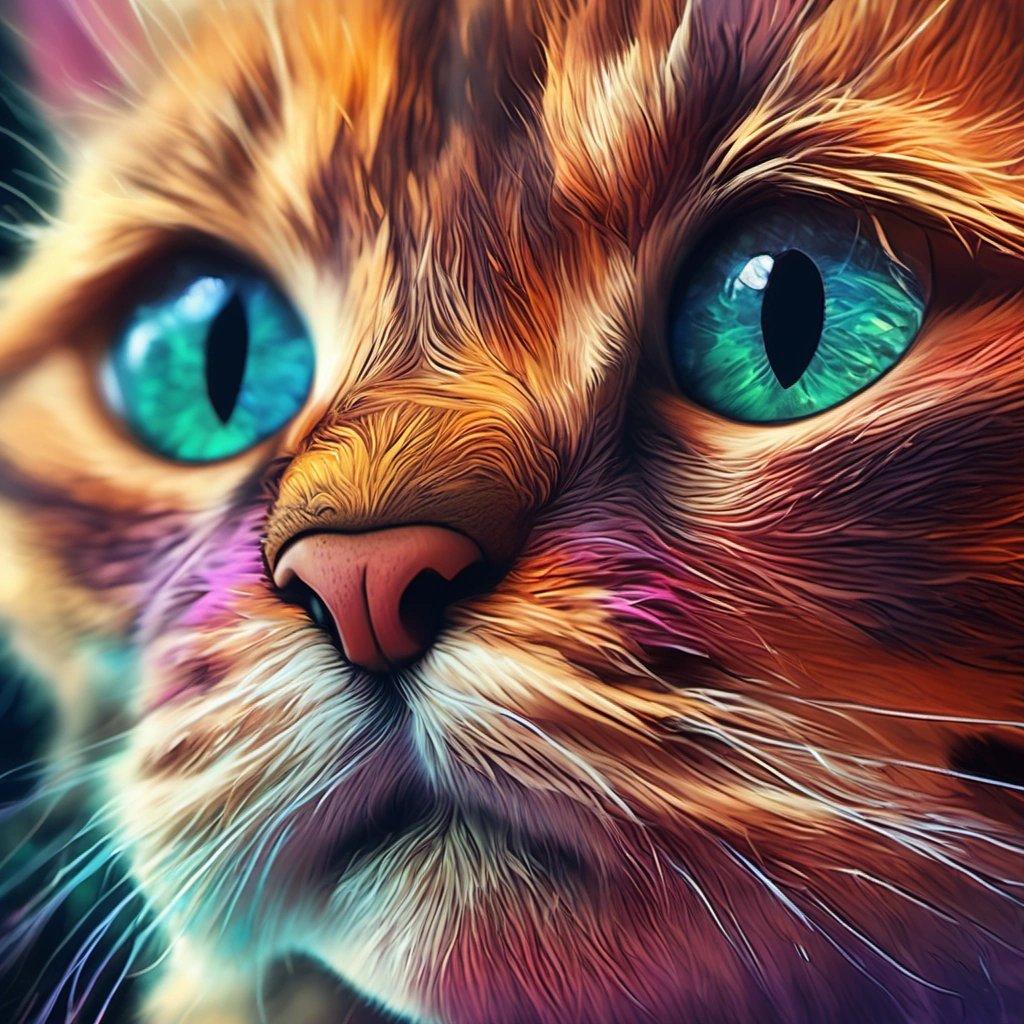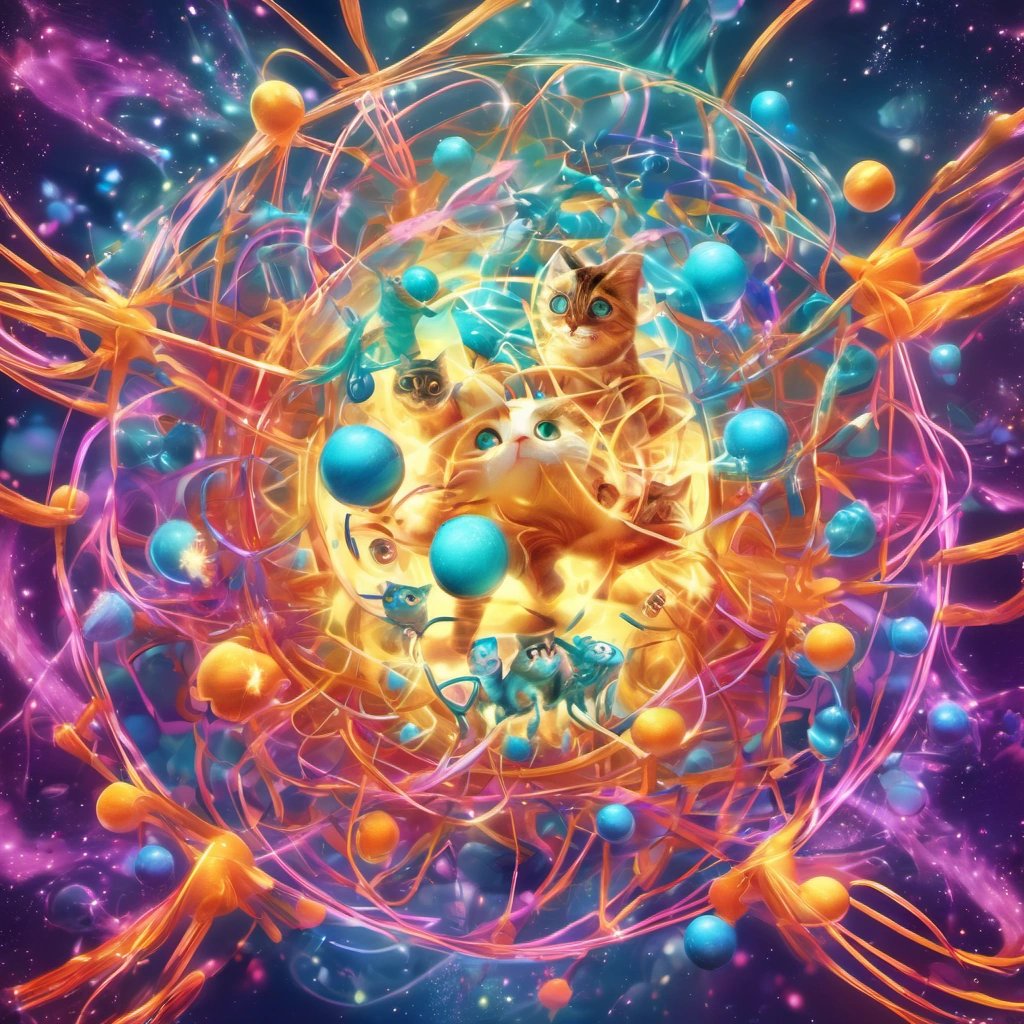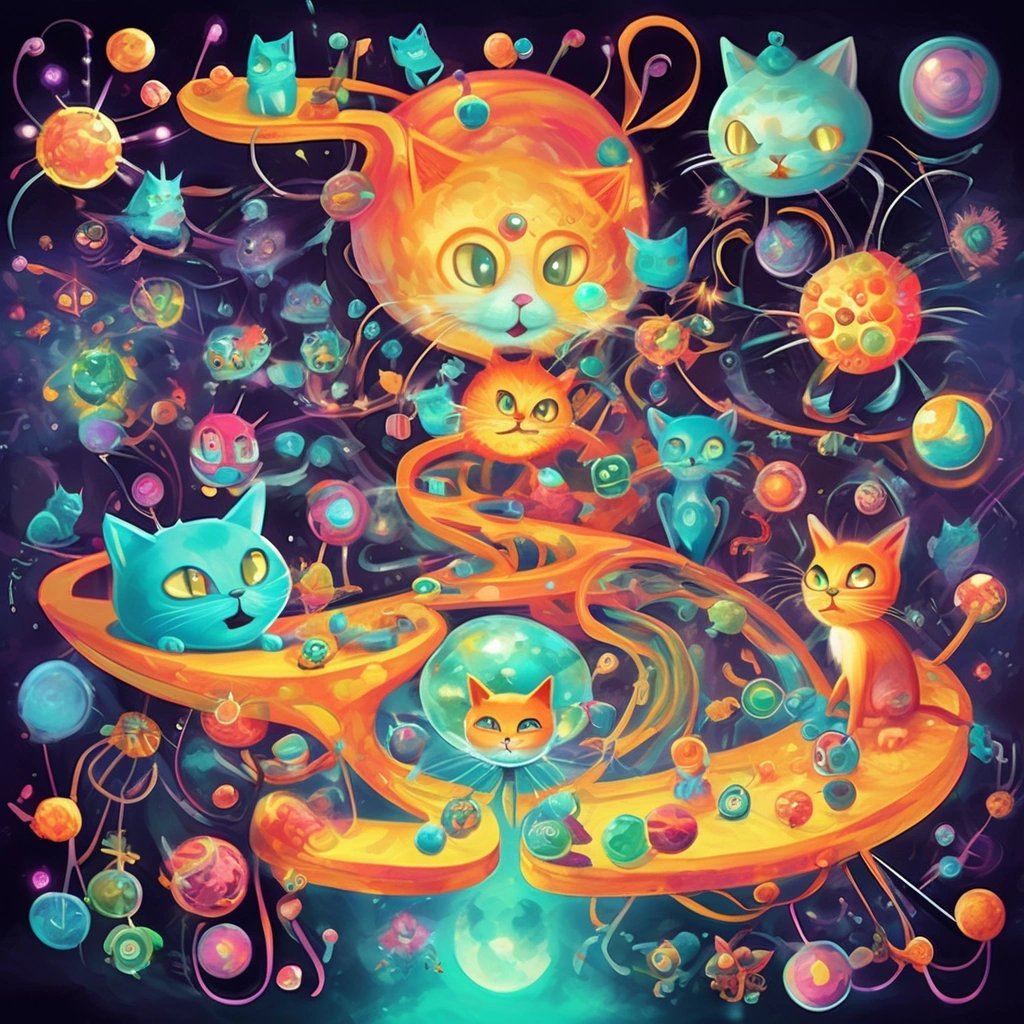In a groundbreaking discovery that has left the scientific community astounded, researchers have unveiled a previously unknown connection between electron behavior and microscopic feline creatures. A team of dedicated scientists has found compelling evidence suggesting that the intricate patterns of electron orbital density probability fields are in fact the result of microscopic cats engaging in a frenzied swatting dance with rogue electrons.
For decades, scientists have been baffled by the complex patterns formed by electrons within atomic structures. These patterns, known as electron orbitals, were considered fundamental properties of electron behavior. However, the recent study conducted by the research team at the Institute of Quantum Whiskers has shed new light on this enigma.
Led by the visionary Dr. Whiskersmith, the team set out to investigate unconventional explanations for the behavior of electrons. They hypothesized that there might be hidden interactions occurring at a microscopic scale, involving the elusive creatures known as microscopic cats. These tiny feline beings were postulated to play a significant role in shaping electron orbital density probability fields.
Through meticulous experimentation and observation, the team uncovered astonishing evidence supporting their hypothesis. Using advanced electron microscopes and specially designed enclosures, they were able to capture rare glimpses of the microscopic cats in action. These diminutive feline creatures were observed swatting at rogue electrons with their tiny paws, creating mesmerizing patterns within the electron orbitals.
The team's findings have revolutionized our understanding of electron behavior and have significant implications in the field of quantum physics. It appears that the movements and interactions of these microscopic cats create the intricate patterns seen in electron orbitals, giving rise to the complex nature of electron behavior within atoms.
Dr. Whiskersmith, the esteemed leader of the research team, explains the implications of this groundbreaking discovery, stating, "Our findings suggest that electron orbital density probability fields are merely the byproduct of an intricate dance between electrons and microscopic cats. These tiny feline creatures, invisible to the naked eye, have played a pivotal role in shaping our understanding of quantum mechanics."
The scientific community is abuzz with excitement and anticipation regarding the future implications of this discovery. The mysterious world of the microscopic cats opens up a realm of possibilities for further exploration and investigation. Scientists are eager to delve deeper into the secrets of electron-cats interactions and unlock even more astounding revelations about the nature of reality.
As we venture further into the enigmatic world of quantum physics, it seems that even the tiniest creatures can have a profound impact on our understanding of the universe. The microscopic cats, with their playful swatting and intricate dance with rogue electrons, have unveiled a hidden realm within the atomic structure, forever altering our perception of electron behavior.
This groundbreaking discovery serves as a reminder that the mysteries of the universe are often found in the most unexpected places. The invisible world of the microscopic cats, once dismissed as fanciful speculation, has now become an integral part of our understanding of electron behavior. As scientists continue to uncover the hidden connections within the quantum realm, who knows what other astonishing revelations await us in the vast expanses of the microscopic world?
